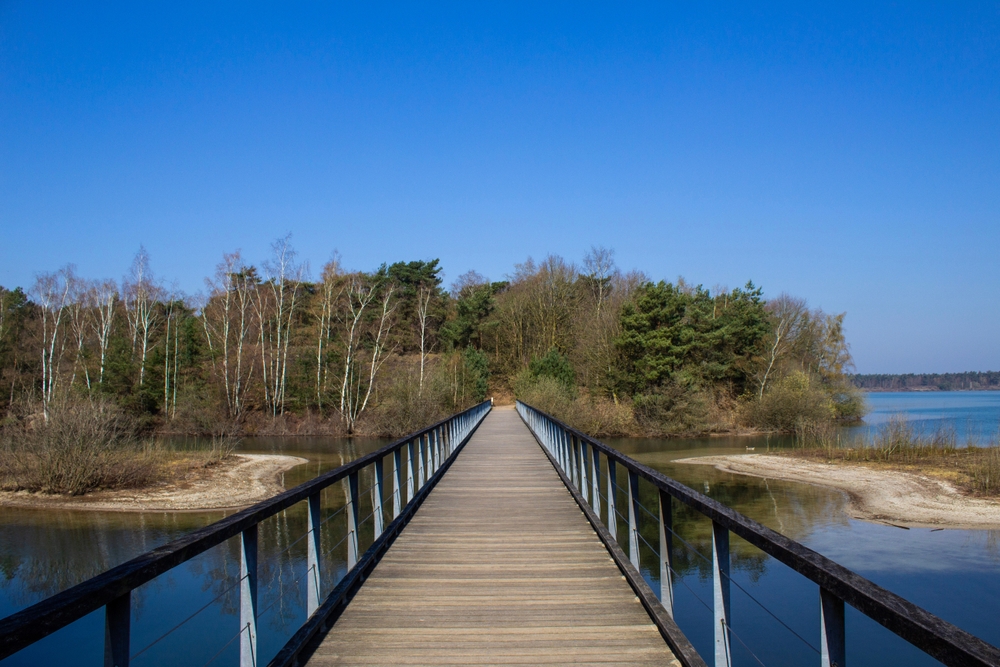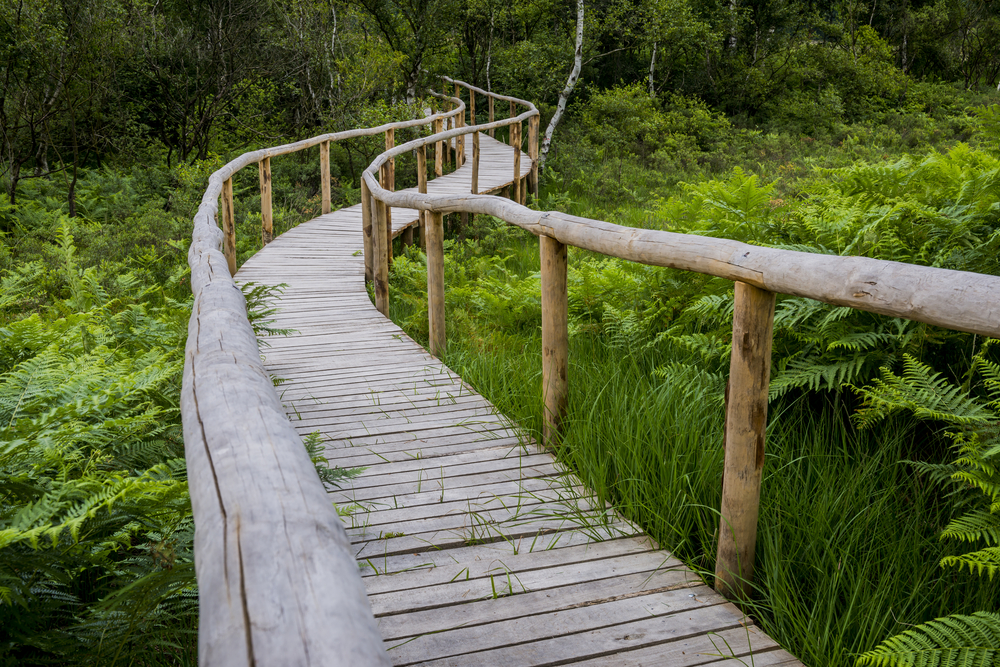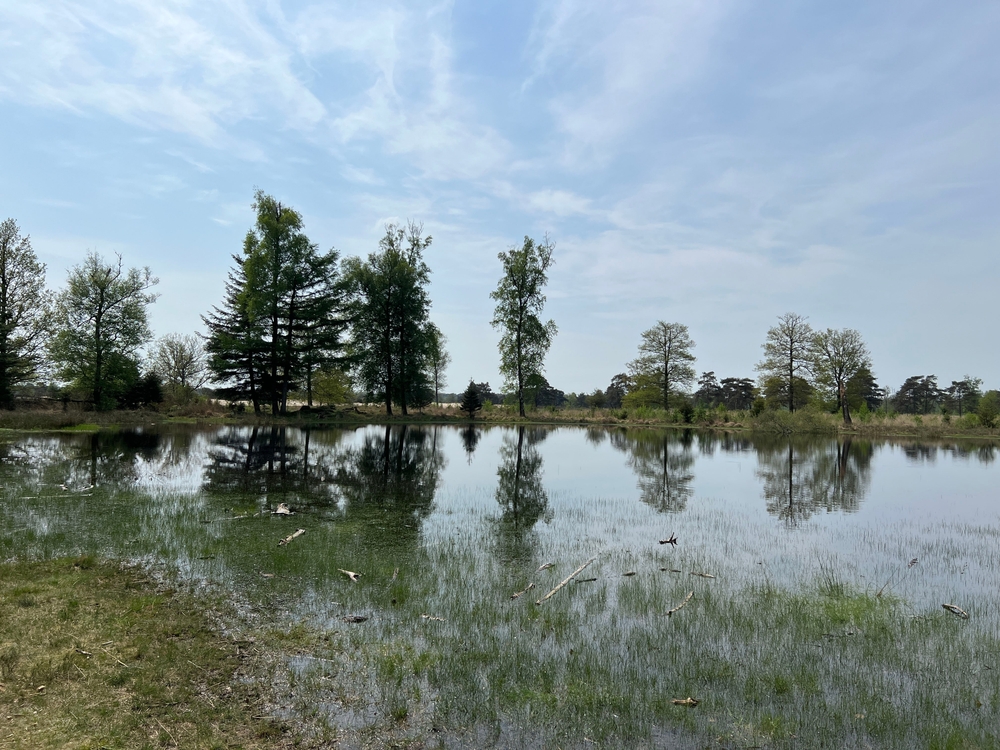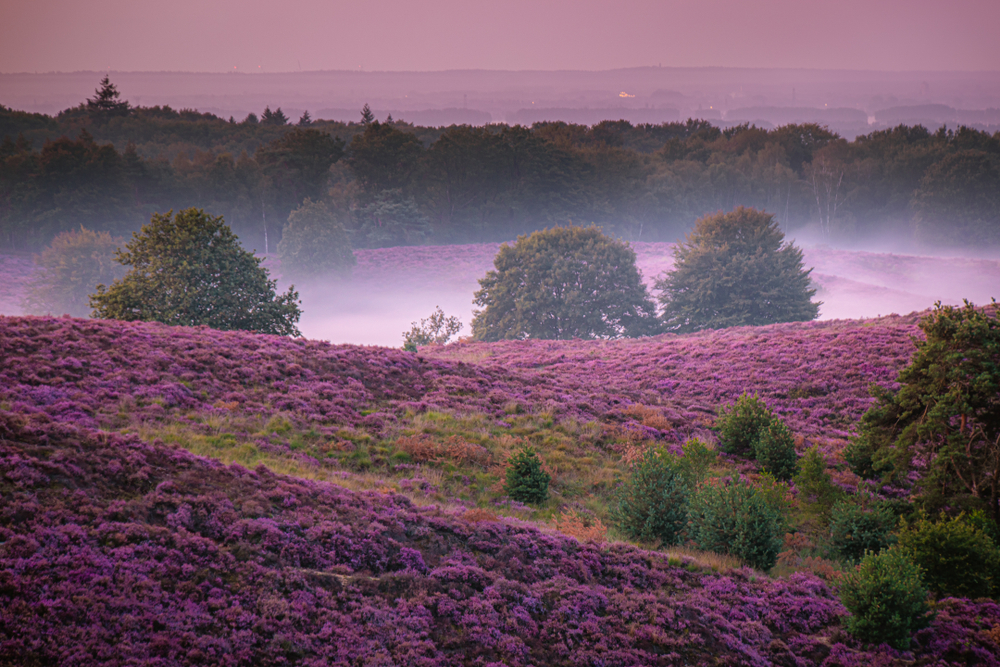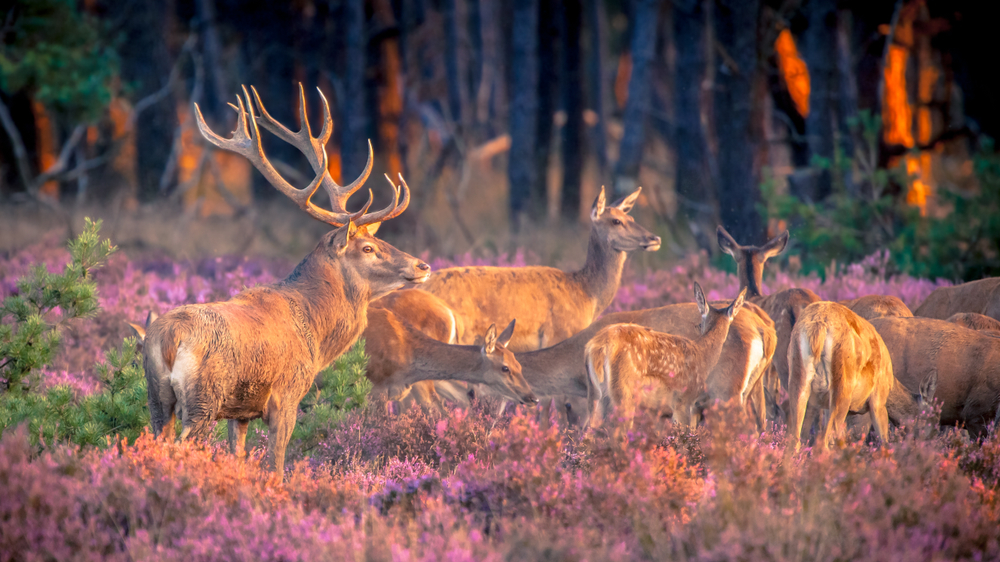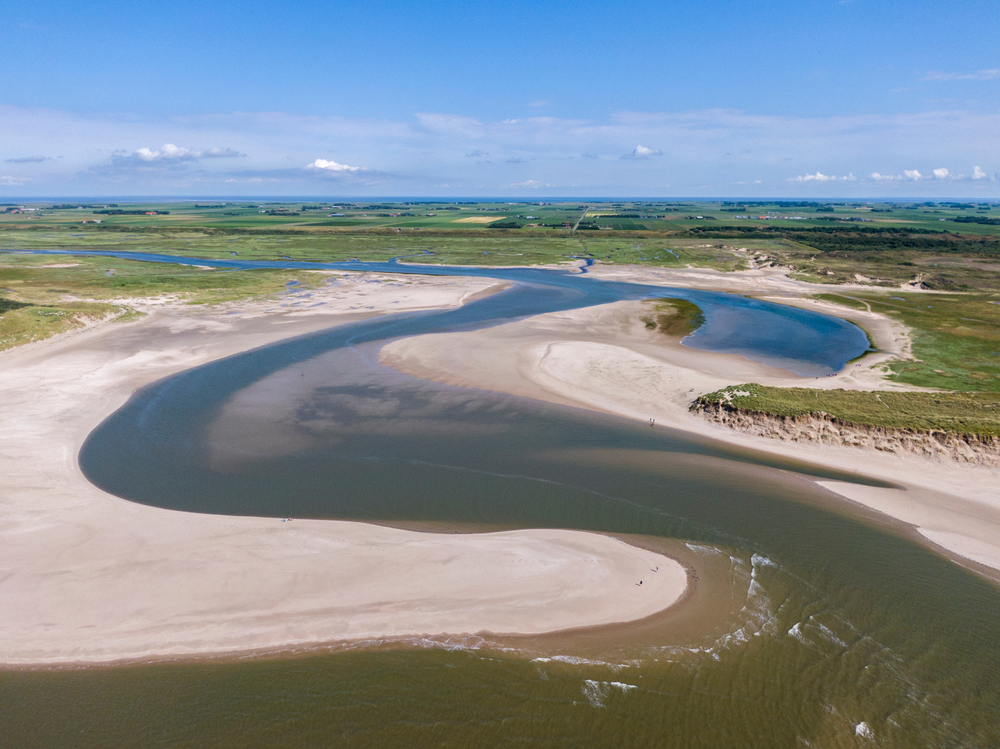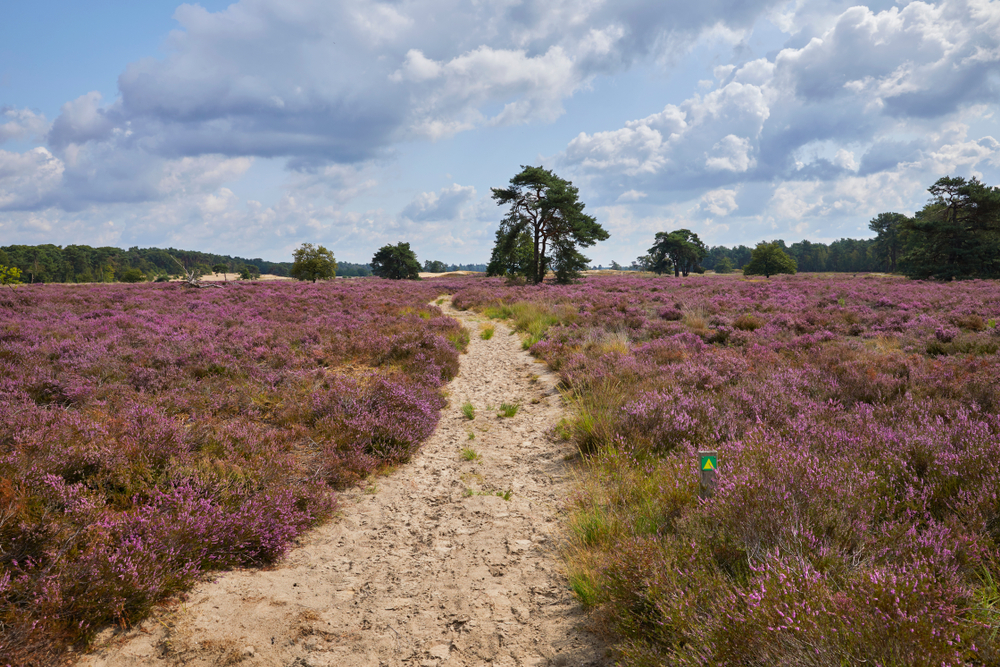Drentsche Aa Overview
Drentsche Aa National Park, known locally as Nationaal Park Drentsche Aa, is located in the northeastern Netherlands, within the province of Drenthe.
Covering approximately 108 square kilometers (42 square miles), this unique landscape is not a traditional national park with strict boundaries but rather a protected cultural landscape where nature and human influence coexist.
The park is centered around the Drentsche Aa river system, one of the last unregulated rivers in the Netherlands, which meanders through heathlands, forests, meadows, and historic villages, creating a diverse and picturesque setting.
The terrain of Drentsche Aa National Park is characterized by a mix of rolling heathlands, ancient woodlands, peat bogs, and meandering streams. The landscape has been shaped over thousands of years, first by glacial activity and later by human agricultural practices. The heathlands, particularly the Balloërveld and Gasterse Duinen, bloom in late summer with vibrant purple hues, contrasting with the green pastures and dark forests.
The park also contains extensive peat bogs, remnants of an ancient wetland ecosystem, and numerous small fens and pools that provide habitat for a variety of wildlife. Oak and pine forests offer shaded trails, while the open fields showcase the traditional Saxon farmsteads that have been preserved in harmony with the natural environment.
Drentsche Aa National Park is home to a rich variety of wildlife, with an emphasis on bird species and small mammals. The park provides an excellent habitat for European badgers, roe deer, and red foxes, which can sometimes be seen at dawn or dusk.
The waterways and wetlands attract an abundance of birdlife, including kingfishers, common buzzards, and the rare black woodpecker. In the meadows and heathlands, skylarks and curlews add to the natural symphony, while in wooded areas, tawny owls and great spotted woodpeckers are commonly heard. The park’s diverse ecosystems also support numerous amphibians, such as the natterjack toad and moor frogs, which thrive in the park’s shallow ponds and marshy areas.
One of the most popular features of the park is the Drentsche Aa river itself, which has maintained its natural, meandering course despite centuries of agricultural development. Visitors can explore the network of walking and cycling trails that follow the river’s path, passing through charming villages and historic sites such as dolmens, ancient megalithic tombs left by the Funnelbeaker culture.
The villages of Anloo, Balloo, and Gasteren retain their traditional character, featuring centuries-old farmhouses and cobblestone streets. The Balloërveld, a large heathland area, is another highlight, offering stunning panoramic views and the opportunity to see grazing sheep managed by local shepherds.
Visitors can experience Drentsche Aa National Park in a variety of ways, including hiking, cycling, and horseback riding along its extensive trail network. Canoeing along the Drentsche Aa river is another popular activity, allowing visitors to see the landscape from a different perspective while gliding through the tranquil waters.
Photographers and nature enthusiasts will find plenty of opportunities to capture the park’s changing seasons, from the frost-covered landscapes of winter to the lush greenery of spring and the golden hues of autumn. The park also offers guided tours that provide deeper insights into its ecology and cultural history.
Drentsche Aa National Park faces conservation challenges due to agricultural runoff and water management issues, which can affect the delicate balance of its ecosystems. However, successful conservation efforts have helped maintain its biodiversity through sustainable farming practices and habitat restoration projects.
The park’s management focuses on preserving both nature and the cultural heritage of the region, ensuring that the landscape remains a thriving habitat for wildlife while continuing to support traditional land use.











































































